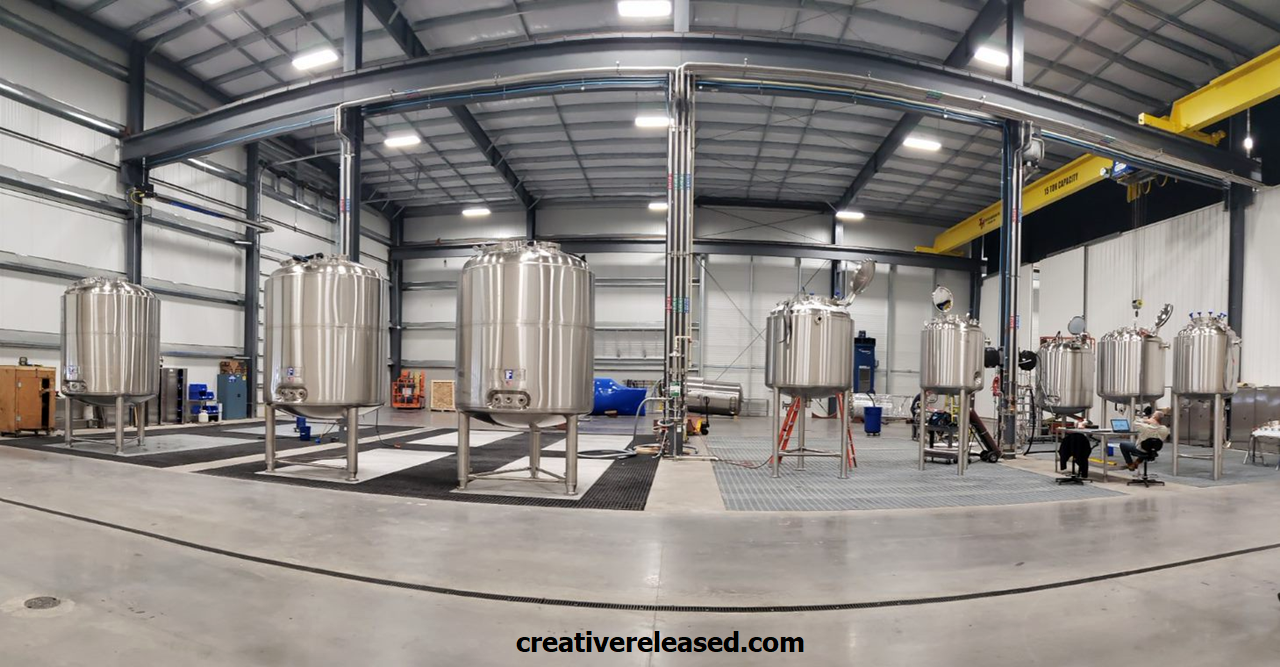Site Acceptance Testing (SAT) is a critical process that ensures equipment or systems meet the specified requirements at their final location before being handed over for operational use. SAT verifies that everything works correctly in the operating environment, ensuring smooth integration and long-term functionality. However, the process can often be time-consuming and complex, especially if not properly planned. Streamlining SAT not only saves time but also reduces costs and minimizes potential disruptions to operations.
In this blog post, we’ll explore eight effective tips for streamlining your Site Acceptance Testing process to ensure efficiency and accuracy from start to finish.
For more information on professional SAT services, check out Site Acceptance Testing for expert solutions tailored to your project needs.
1. Plan with Clear Objectives
The first step to streamlining your Site Acceptance Testing is thorough planning. Before starting, ensure that all stakeholders are on the same page regarding the objectives and scope of the testing. Define clear success criteria for the SAT to avoid ambiguity during the process.
Planning involves scheduling resources, gathering the necessary documentation, and outlining the test plan. A detailed test plan should include timelines, responsibilities, and specific procedures that need to be followed. Clear objectives provide focus and help prevent delays or misunderstandings during testing.
2. Involve Key Stakeholders Early
It is crucial for a successful and efficient SAT to involve all relevant stakeholders from the beginning. This includes representatives from the customer’s side, the engineering team, and the vendors responsible for delivering the system or equipment.
By engaging everyone early, you can identify potential issues and set expectations. Stakeholder involvement ensures that all parties are aware of their roles, responsibilities, and the requirements that need to be met. Early collaboration can help avoid last-minute surprises and ensure a smoother testing process.
3. Perform Pre-SAT Testing
Before the final Site Acceptance Testing, conduct a pre-SAT or internal test at the vendor’s site to identify any issues that could arise later. This ensures that any potential problems are addressed before the equipment or system reaches its final location.
Pre-SAT testing allows you to fine-tune the system and ensure it meets the initial design specifications. It also helps reduce the chances of failure during the actual SAT, saving time and resources by addressing any discrepancies early in the process.
4. Utilize Standardized Test Procedures
Using standardized test procedures is key to streamlining the SAT. Consistent test procedures ensure that the testing process is repeatable, easy to follow, and efficient. Standardizing the process also allows for better documentation and communication between teams. Consider using templates for test cases, procedures, and reports. This not only saves time but also ensures that all necessary steps are covered and that the process adheres to regulatory or industry standards.
5. Leverage Automation Where Possible
Automation can significantly improve the efficiency of Site Acceptance Testing. Automated tools can help with tasks such as data collection, monitoring, and reporting. By automating repetitive and time-consuming tasks, you reduce the potential for human error and speed up the process.
For instance, using automated test scripts for verifying system functionality can reduce the manual effort required. Automation is particularly valuable for large-scale projects where manual testing would be too labor-intensive.
6. Document Everything Thoroughly
Thorough documentation is essential for streamlining SAT, especially when troubleshooting or identifying issues during testing. Documenting test results, configurations, and system settings ensures that any discrepancies can be traced and resolved quickly.
Proper documentation also helps future-proof the process, allowing teams to replicate successful tests or identify problem areas in subsequent projects. Make sure to maintain detailed records of test procedures, issues encountered, and any corrective actions taken to ensure transparency throughout the testing phase.
7. Optimize Communication Among Teams
Effective communication among teams is a critical factor in streamlining Site Acceptance Testing. Establish clear lines of communication between different stakeholders, including vendors, customers, and internal teams, to ensure that everyone is kept informed of progress, issues, or changes.
Regular updates through meetings, emails, or project management tools help keep the process on track and allow for quick resolution of any issues that arise. Clear and consistent communication helps prevent misunderstandings and ensures that all parties are aligned on goals and expectations.
8. Review and Improve After Each SAT
After each SAT is completed, conduct a review to identify any areas for improvement. Gather feedback from all stakeholders to assess what went well and what could be done better in future tests.
This post-SAT review is critical for continuous improvement and optimizing future testing processes. By analyzing performance, addressing any challenges faced, and implementing lessons learned, you can refine the SAT process and make it more efficient for upcoming projects.
FAQs
What is the purpose of Site Acceptance Testing?
Site Acceptance Testing ensures that the equipment or system performs as expected in its final location. It verifies that the system meets the specified requirements and functions correctly in its operational environment before it is handed over to the customer for use.
Why is pre-SAT testing important?
Pre-SAT testing allows you to identify and address any issues before the system or equipment reaches its final location. This reduces the likelihood of problems during the actual SAT, saving time and resources by resolving discrepancies early in the process.
How does automation benefit Site Acceptance Testing?
Automation reduces manual effort, speeds up the testing process, and minimizes the potential for human error. Automated tools can handle repetitive tasks, data collection, and monitoring, making the SAT process more efficient and reliable, especially for large-scale projects.
What role do stakeholders play in the SAT process?
Stakeholders, including customers, vendors, and internal teams, play a crucial role in defining the objectives, ensuring the system meets requirements, and addressing any issues that arise during testing. Involving stakeholders early helps align expectations and ensures a smoother and more efficient testing process.
Conclusion
Streamlining Site Acceptance Testing is essential for ensuring that systems and equipment are ready for operational use with minimal disruption or delays. By planning, involving key stakeholders, performing pre-SAT testing, and leveraging automation, you can significantly improve the efficiency of the process.
Standardizing procedures, optimizing communication, and documenting everything thoroughly are also crucial steps to ensure accuracy and accountability throughout the testing phase.



